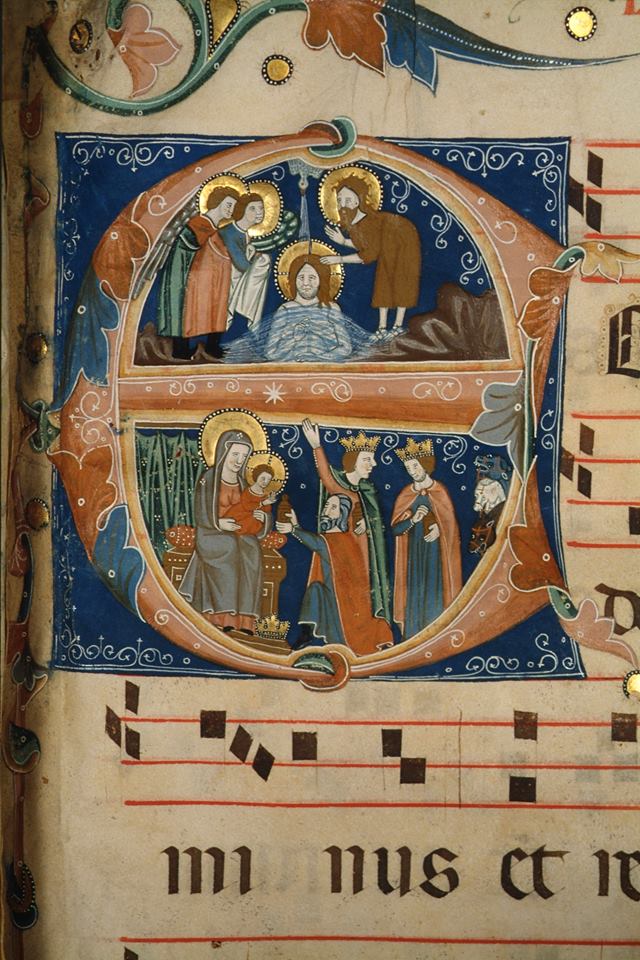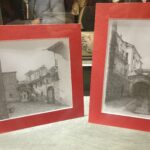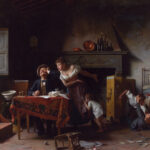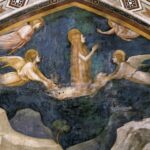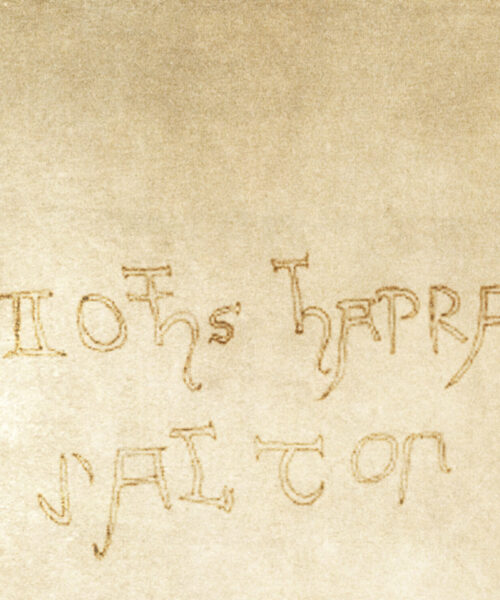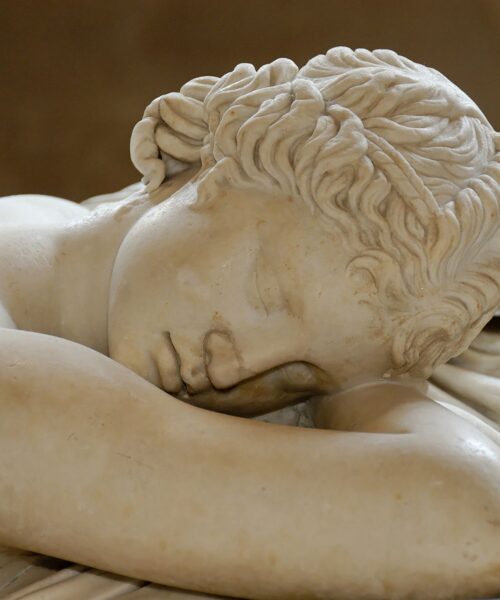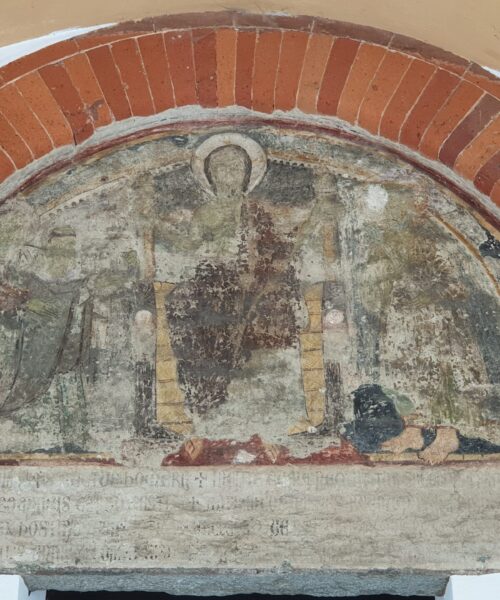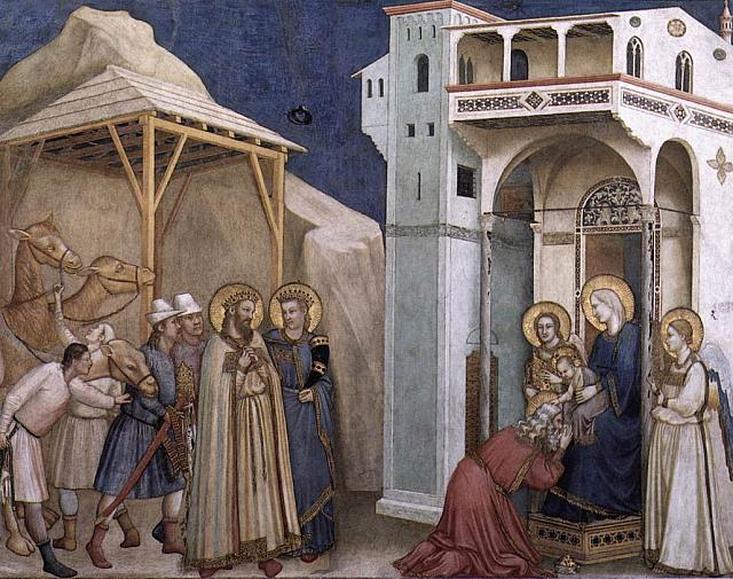
The allure of Epiphany, celebrated every January 6th, lies in the biblical story of the arrival of the three Wise Men – Melech, Balthazar, and Galgalath, better known as Melchior, Balthazar, and Caspar – at Mary’s dwelling in Bethlehem, where she had given birth to Jesus just thirteen days earlier. The narrative speaks of significant gifts: gold, frankincense, and myrrh. These items, besides their intrinsic value, are rich in symbolism.
Gold, the most precious of metals, symbolizes royalty and acknowledges Jesus as the “King of Kings.” Frankincense, a central element in worship rituals, underscores Jesus’ divinity. Myrrh, used in funeral rites, alludes to Jesus’ mortality. This traditional interpretation was enriched by Saint Irenaeus in the 2nd century AD, who saw in myrrh a reference to Christ’s Passion, in gold a symbol of royalty, and in frankincense a tribute to divinity. In the 12th century, Bernard of Clairvaux offered a more pragmatic reading: gold to alleviate Mary’s poverty, frankincense to purify the Bethlehem stable, and myrrh as a medicinal remedy. Centuries later, Martin Luther interpreted these gifts as symbols of the three theological virtues: faith, hope, and charity.
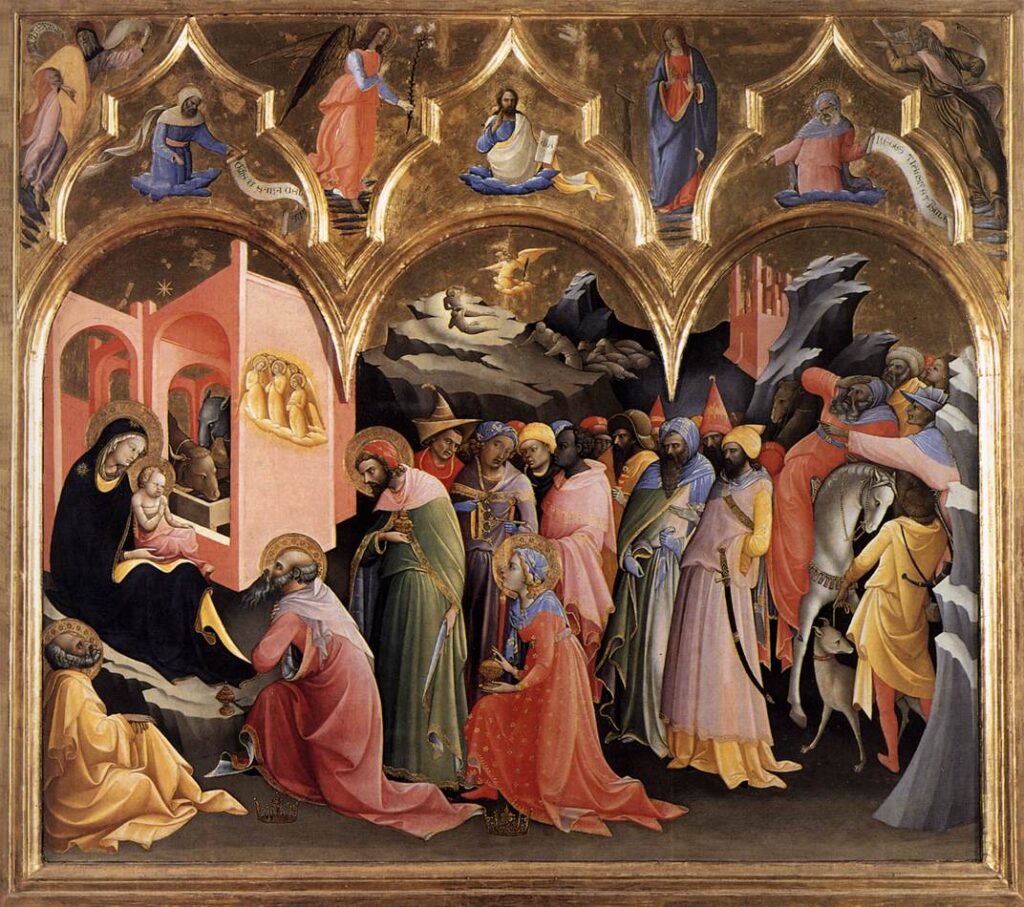
More recently, an interpretation has developed that views the Magi’s gifts as substances with healing properties. Gold, for example, had therapeutic applications in ancient Egypt, often mistaken for turmeric powder due to its similar color. The latter was used for its medicinal qualities, particularly in combating infections, a real threat in the context of childbirth. Frankincense, also known as olibanum gum, has anti-inflammatory properties, useful in a medical context, especially for respiratory and skin conditions. Myrrh, with its anti-inflammatory and analgesic qualities, can also be seen as part of this “medicinal package.”
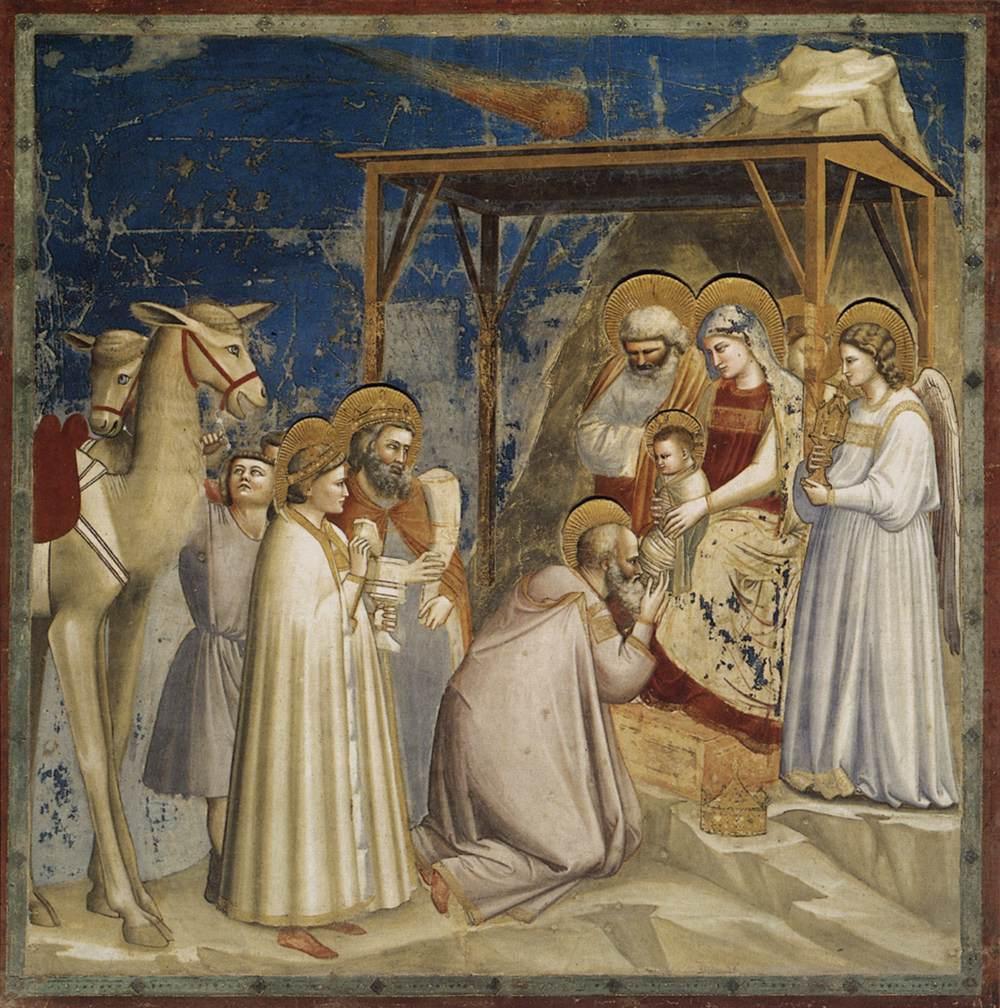
Artistic representations of this event vary: from Lorenzo Monaco’s panel (Uffizi Gallery in Florence), to Giotto’s frescoes in the Scrovegni Chapel in Padua and the Lower Basilica of Assisi, to a fragment of a gradual illuminated by Giovannino da Genova in the 14th century, each work offers a unique vision of this historic and religious moment.
